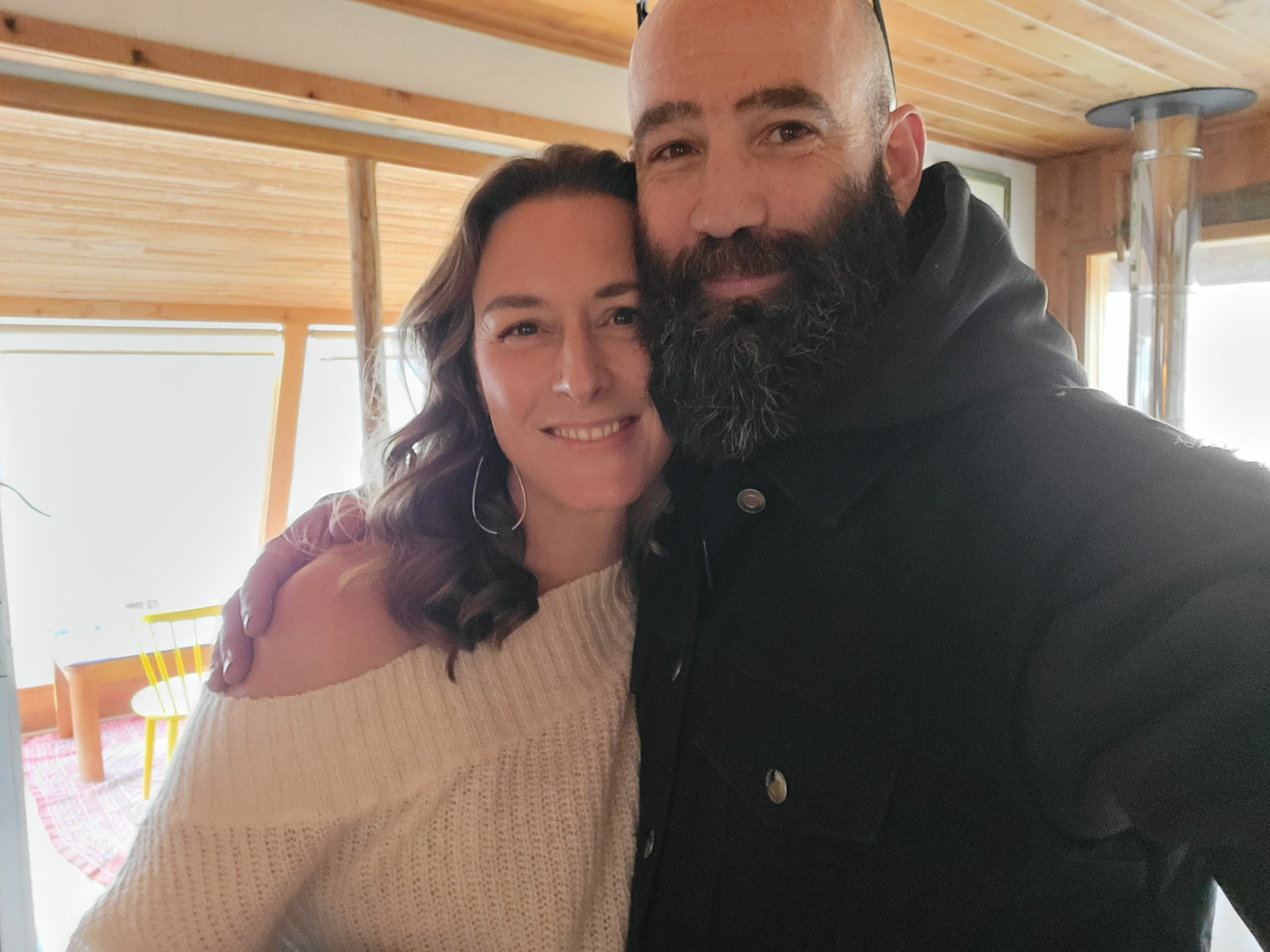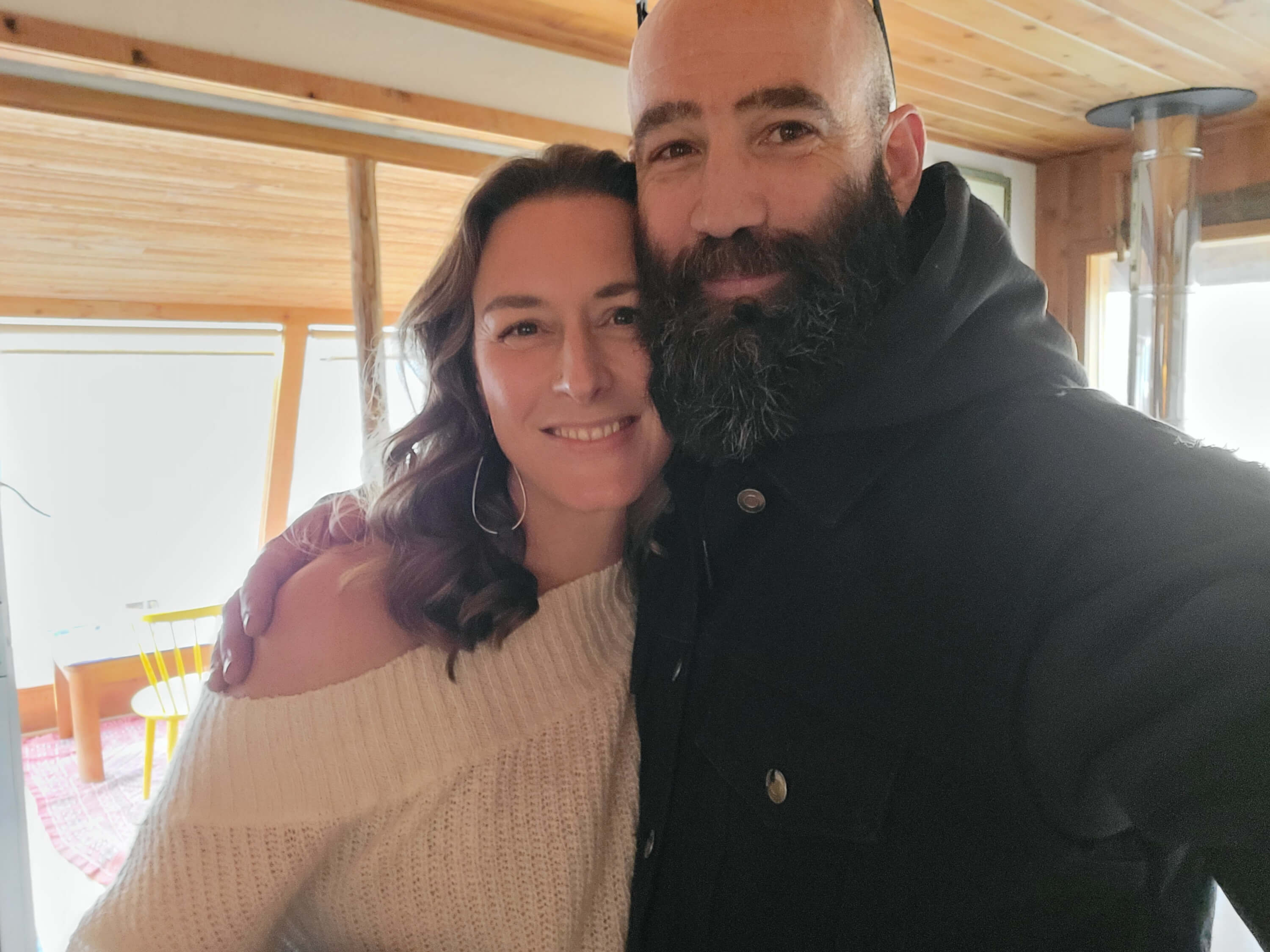
Beyond Words – Tuning In To the Subtle Language of Desire
We talk a lot about communication in relationships, often focusing on the words we use. But as an intimacy coach, I see time and again how much crucial information is exchanged beyond words, especially when it comes to desire. Have you ever felt a disconnect where your partner's words said 'yes' but their body seemed hesitant? Or have you struggled to convey your own burgeoning interest without feeling awkward or overly explicit? This is the realm of unspoken desire, communicated through subtle shifts in energy, body language, and presence.
Relying solely on verbal consent, while essential, doesn't capture the full picture. When I began incorporating practices that deepen awareness of non-verbal cues – both our own and our partner's – I witnessed profound shifts in connection and intimacy for the couples I work with. It moves us beyond simple permission into a richer dialogue, one that includes the wisdom of the body and the nuances of energetic exchange. Understanding this subtle language isn't about mind-reading; it's about developing greater attunement and presence.
My goal in this article is to share practical ways you can start understanding unspoken desire. We'll explore how to become more adept at reading the subtle cues your partner might be sending, and equally importantly, how to become more aware of and intentional about sharing your own non-verbal signals. This isn't about manipulation or guesswork; it's about fostering clearer, more embodied communication that builds trust and deepens intimacy. Let's explore how to listen with more than just your ears.
Why Non-Verbal Cues Are Crucial in Intimacy
Words can sometimes fail us, especially around vulnerable topics like desire. We might feel shy, unsure, or fearful of rejection, causing our verbal communication to be hesitant or even misleading. Sometimes, we might not even consciously know what we're feeling or wanting yet, but our bodies are already communicating it.
This is why tuning into non-verbal cues is so vital:
They Reveal Underlying Feelings: A sigh, a slight tensing of the shoulders, a softening of the eyes, a shift in breathing – these somatic cues often convey emotions (like nervousness, openness, excitement, resistance) more accurately than words alone.
They Build Attunement & Empathy: When you make an effort to notice and understand your partner's non-verbal signals, they feel seen and understood on a deeper level. This builds trust and connection. Similarly, noticing your own body's signals increases self-awareness.
They Enhance Pleasure: Recognizing subtle signs of arousal or pleasure in your partner (and yourself) allows you to respond in ways that amplify enjoyment and connection.
They Support Clearer Consent: Noticing non-verbal signs of hesitation or discomfort, even alongside a verbal 'yes', is crucial for ensuring enthusiastic and ongoing consent. Conversely, congruent verbal and non-verbal cues of willingness create a stronger foundation of safety.
Ignoring this layer of communication means missing a huge part of the intimate dialogue, leading to potential misunderstandings, missed connections, and frustration.
Tuning In: How to Read Your Partner's Subtle Cues
Developing the ability to read subtle cues isn't about becoming a detective, but about cultivating gentle awareness and presence. Here are some areas I encourage clients to pay attention to:
Body Language Basics:
Openness vs. Closing Off: Are they turning towards you, leaning in, making eye contact? Or are their arms crossed, are they turning away, avoiding eye contact? These can indicate receptivity or resistance.
Muscle Tension/Relaxation: Notice shifts. Does their jaw clench when a certain topic is broached? Do their shoulders relax with a particular kind of touch? Tension can signal discomfort or stress, while relaxation often indicates safety and pleasure.
Mirroring: Do they subtly mirror your posture or gestures? This often happens unconsciously when people feel connected and attuned.
The Power of Breath: Breathing is a potent indicator of our internal state. Is their breathing shallow and rapid (potential anxiety or excitement)? Or slow and deep (relaxation)? A sudden intake of breath or holding the breath can signal surprise, nervousness, or anticipation. Noticing changes in breathing rhythm offers valuable clues.
Eye Contact & Facial Expressions: While micro-expressions are fleeting, pay attention to the overall quality of their gaze. Is it soft and engaging? Darting and avoidant? Does a smile reach their eyes? Eyes convey a wealth of emotional information.
Energy & Presence: This is more subtle but powerful. Does their overall energy feel engaged, present, and warm? Or distracted, checked-out, or cool? You can often sense this energetic quality when you tune in fully.
An Attunement Practice: Try this simple observation exercise next time you're connecting with your partner (in a non-sexual moment initially): Set an intention to simply notice one of these areas (e.g., their breathing, or how much eye contact they make) without judgment or needing to interpret it perfectly. Just gather the data. Over time, this practice builds your capacity for observation.
Sharing Your Own Subtle Language: Expressing Unspoken Desire
Just as important as reading cues is becoming aware of the signals you are sending, consciously or unconsciously. Bringing intention to your non-verbal communication can greatly enhance clarity and connection.
Connect with Your Inner State: Before you can share subtle cues, take a moment to check in with yourself. What are you actually feeling or desiring? Use that mindful body scan practice: notice your breath, your posture, any areas of tension or openness. Are you feeling receptive, eager, hesitant, playful? Connecting with your internal state allows your non-verbal expression to become more authentic.
Embody Your 'Yes' (or 'No'): Think about how your body naturally expresses openness and willingness versus hesitation or disinterest.
An Embodied 'Yes': Might involve leaning in, softening your gaze, relaxing your muscles, breathing more deeply, offering inviting touch.
An Embodied 'No' or 'Maybe Not': Might involve subtly leaning away, breaking eye contact, muscle tension, shallower breath, creating physical distance.
Practice aligning your body language with your internal feeling and verbal communication
Use Intentional Touch & Gaze: Touch and eye contact are powerful communicators of desire. A lingering touch on the arm, holding their gaze for an extra moment, or a specific quality of touch can signal interest far more effectively than ambiguous words. Experiment with expressing your desire through these channels consciously.
Share Your Energy: Allow your inner feeling of desire or openness to radiate outwards. This isn't about forcing anything, but simply allowing your genuine state to be felt – whether it's warm invitation, playful curiosity, or quiet presence.
Reflection Prompt: Consider how you typically express desire non-verbally. Are your signals clear? Do they match your internal state? Are there subtle ways you might be shutting down connection or expressing desire that you weren't previously aware of?
Navigating Misinterpretations and Pitfalls
The world of non-verbal cues is inherently subjective and prone to misinterpretation. What one person intends, another might perceive differently based on past experiences, cultural background, or current mood.
Common Misinterpretations I See: Assuming relaxed body language always means consent; mistaking nervous energy for sexual excitement; interpreting a lack of overt protest as willingness; projecting one's own desires onto a partner's ambiguous signals.
The Danger of Assumptions: Never assume you know what a cue means. If you're unsure, check it out verbally. "I notice you seem [observation]. How are you feeling?" or "I'm feeling [desire] and sensing maybe you are too – is that right?"
Verbal Still Reigns for Consent: Subtle cues provide valuable information and enhance connection, but explicit verbal consent is still the clearest and most reliable foundation, especially when initiating new levels of intimacy or specific activities. Non-verbal cues should complement, not replace, clear verbal communication about consent and boundaries.
The Impact of Trauma: Be aware that individuals with trauma histories may have different relationships with non-verbal cues – they might be hypervigilant, have difficulty interpreting signals accurately, or their body language might not always match their internal state due to protective mechanisms. Approach with extra sensitivity and prioritize verbal check-ins.
The key is to hold non-verbal information lightly, use it to build empathy and ask better questions, rather than jumping to conclusions.
Conclusion: Listening with Your Whole Being
Understanding unspoken desire isn't about becoming a mind-reader; it's about expanding your capacity for attunement – listening with your whole being to the rich tapestry of communication that flows between you and your partner. By practicing noticing subtle cues in yourself and others, connecting with your own embodied experience, and bringing gentle consciousness to both reading and sharing non-verbal signals, you open the door to deeper understanding, fewer misunderstandings, and a more vibrant, nuanced intimate connection.
This is an ongoing practice, a way of relating that values presence and empathy alongside words. As you cultivate this skill, you build more trust and safety, creating a space where unspoken desires can be more easily recognized, shared, and met.
If exploring this subtle language of desire feels intriguing and you'd like personalized guidance in deepening attunement within your relationship, I invite you to visit us at www.wilderintimacy.com. Explore the resources available, or learn more about how working with me through intimacy coaching can help you translate these insights into tangible shifts in your connection.
May you find joy and deeper connection in learning to listen beyond words.

















0 Comments